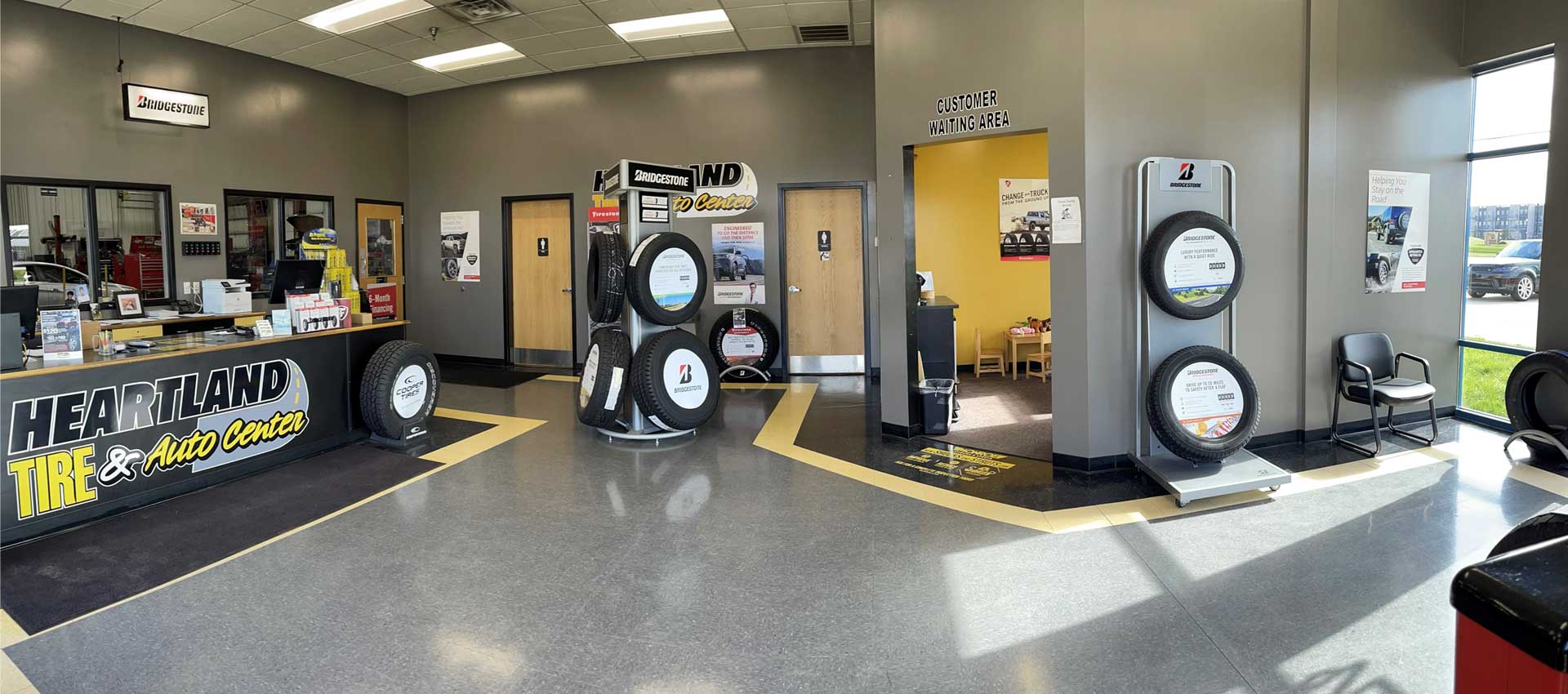Do not Miss Out on Mopar Tire Service Specials: Affordable Maintenance Packages
Do not Miss Out on Mopar Tire Service Specials: Affordable Maintenance Packages
Blog Article
Tire Service: The Influence of Climate Condition
When it involves guaranteeing ideal efficiency and safety when traveling, comprehending the influence of weather on tire solution is critical. From scorching warm to icy roadways, each weather aspect can substantially influence tire performance and total driving experience. By delving into the effects of differing climate condition on tires, vehicle drivers can acquire important insights that may improve their automobile's efficiency and long life. In this discussion, we will certainly discover the elaborate partnership between climate condition and tire service, shedding light on the significance of weather-specific tire upkeep techniques and factors to consider.
Heat and Tire Efficiency
When exposed to high temperatures, tires experience modifications in efficiency that can significantly impact car security and handling. The warmth generated from long term driving or warm weather conditions triggers the tire rubber to soften, leading to reduced tread life and enhanced wear.
Furthermore, high temperatures can increase the procedure of tire aging, causing the rubber to degrade a lot more promptly. To reduce the results of warmth on tire efficiency, chauffeurs should frequently check their tire stress, revolve tires to guarantee even put on, and examine for any indicators of damage.
Cold Weather Condition Results
Cold climate problems can have a significant effect on tire efficiency and safety. In cold weather condition, tires may also shed air pressure more swiftly, which can impact dealing with and gas efficiency.
To alleviate the results of cold climate on tires, it is vital to on a regular basis check tire pressure and inflate them to the manufacturer's recommended degrees. Making use of winter or all-season tires designed for winter conditions can also improve traction and grasp on icy or snowy roads - morris tire and alignment. Proper tire maintenance, including routine assessments for wear and damage, ends up being a lot more crucial throughout colder months to make certain ideal performance and security
Rainy Conditions Impact
Throughout stormy conditions, tire efficiency and safety and security can be dramatically affected by the wet roadway surfaces and decreased presence. The tread pattern of tires plays a critical role in keeping grip on damp roadways. Tires with damaged treads are a lot more vulnerable to hydroplaning, where a layer of water develops in between the tire and the roadway surface, bring about loss of grip. To combat this, vehicle drivers should regularly evaluate their tires for appropriate tread deepness and consider investing in tires especially created for damp problems.

Snow and Tire Security
Snow-covered roads position one-of-a-kind obstacles for motorists, emphasizing the relevance of appropriate tire option and upkeep. When driving in snowy conditions, having the appropriate tires can make a substantial distinction in safety and performance. Wintertime tires are created with unique rubber substances and step patterns to offer better traction on snow and ice compared to all-season tires. The much deeper footsteps and sipes of wintertime tires aid grasp the roadway much better, minimizing the threat of sliding and sliding.
In enhancement to using wintertime tires, it is crucial to ensure they are properly inflated. Cold climate can trigger tire stress to drop, affecting grip and handling (tires morris il). Consistently checking and keeping the correct tire pressure is important for ideal performance in snowy conditions

Weather-Related Tire Upkeep
Weather-related tire upkeep incorporates an array of practices intended at making sure optimal tire feature and long life in different weather condition situations. One essential aspect of weather-related tire upkeep is tire pressure policy. Inspecting tire step on a regular basis and replacing tires when walk wear gets to a specific deepness is crucial for preserving traction and stability in negative weather.
Conclusion
In final thought, climate condition have a considerable influence on tire performance and security. From heat influencing tire pressure and use to cold weather condition reducing traction, it is necessary to consider the weather condition when maintaining and utilizing tires. Rainy problems can decrease grip and lead to hydroplaning, while snow can boost the risk of mishaps if tires are not effectively geared up. Weather-related tire upkeep is critical in making certain optimum efficiency and safety and security on the roads.
In this discussion, we will certainly explore the detailed relationship between weather condition conditions and tire service, shedding light on the value of weather-specific tire upkeep methods and factors to consider.

Report this page